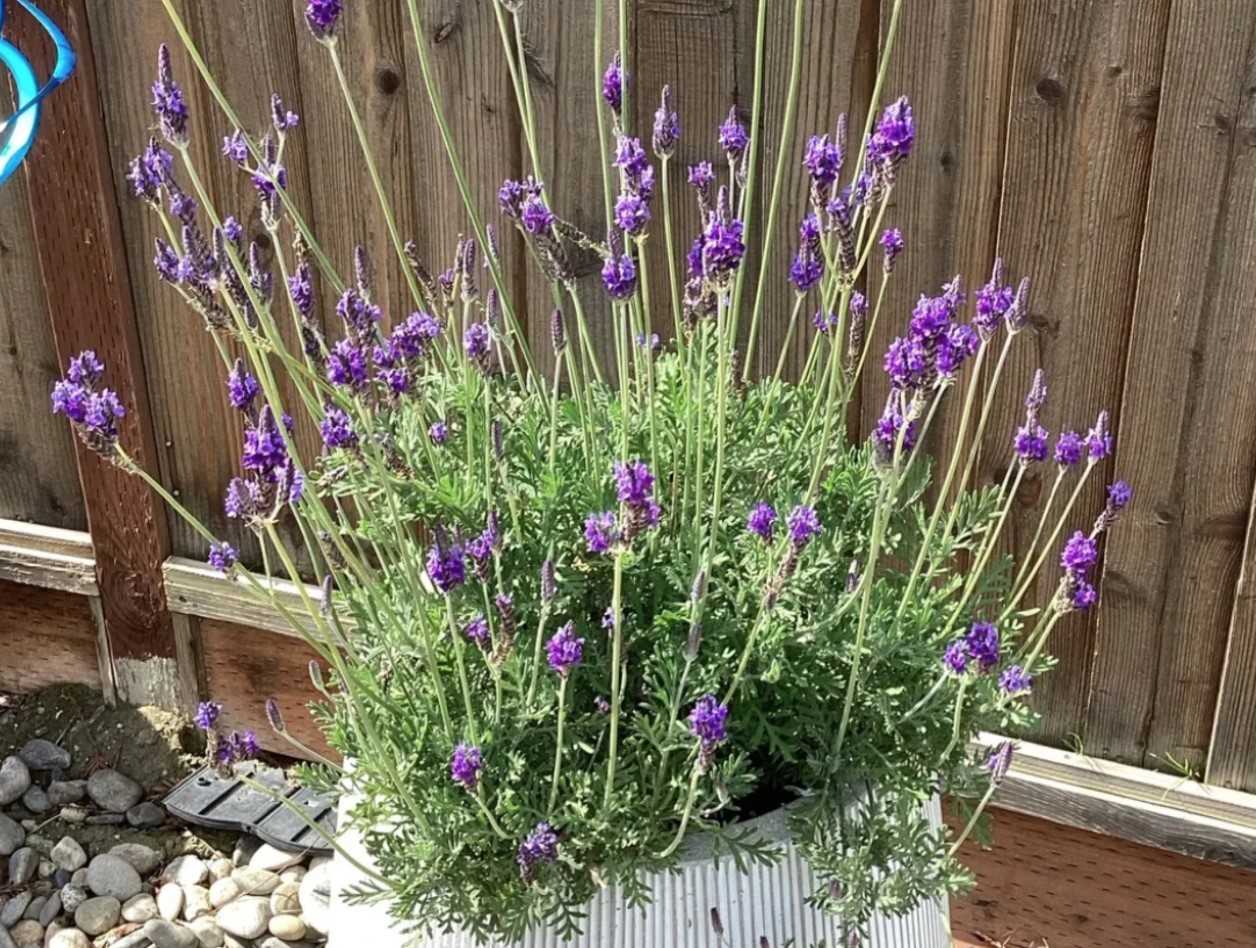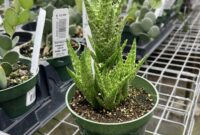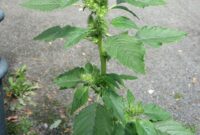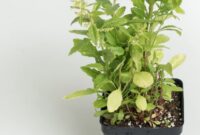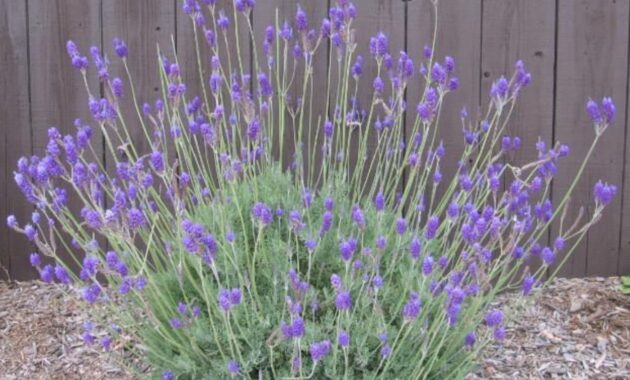
What is Lavandula Pinnata?
Lavandula pinnata, often known as the “Fern-Leaved Lavender,” is a beautiful and fragrant herb that adds a touch of elegance to any garden. This Mediterranean native is prized for its unique, feathery foliage and delightful lavender-blue flowers.
Growing Conditions for Lavandula Pinnata
To cultivate Lavandula pinnata successfully, it’s essential to provide the right growing conditions:
- Sunlight: This plant thrives in full sun, so choose a location that receives at least six hours of direct sunlight daily.
- Soil: Well-drained soil is crucial for Lavandula pinnata. A sandy or loamy soil with good drainage is ideal. Avoid heavy clay soils that retain water.
- Water Requirements: While Lavandula pinnata is drought-tolerant, it benefits from regular watering, especially during hot, dry periods. However, be cautious not to overwater, as this can lead to root rot.
- Temperature: This plant is hardy in USDA zones 8-11. It can tolerate mild frosts but prefers warmer temperatures.
Propagation
Lavandula pinnata can be propagated through various methods:
- Seed Propagation: Sow seeds in well-draining soil in spring. Germination can take several weeks.
- Stem Cuttings: Take stem cuttings in late spring or early summer. Plant them in a pot with well-draining soil and keep them moist.
- Division: Divide mature plants in spring or fall. Carefully separate the root ball and replant the divisions.
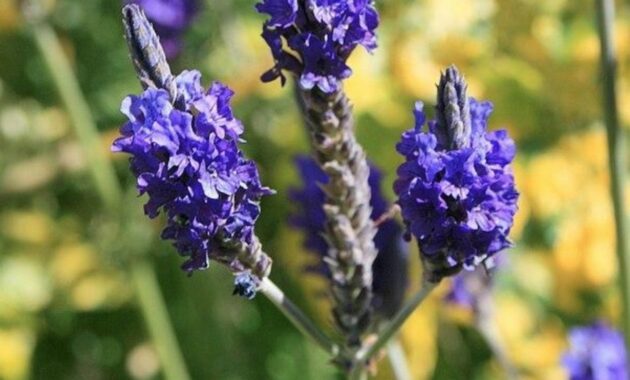
How to Grow Lavandula Pinnata
- Choose a Suitable Location: Select a spot with full sun and well-drained soil.
- Prepare the Soil: Improve the soil’s drainage by adding compost or sand.
- Plant the Lavender: Plant the Lavandula pinnata at the same depth it was growing in its original container.
- Water Wisely: Water regularly, especially during dry periods, but avoid overwatering.
- Mulch: Apply a layer of mulch around the base of the plant to help retain moisture and suppress weeds.
- Prune Regularly: Prune the plant after flowering to encourage bushier growth and more blooms.
Lavandula Pinnata Pruning Guide
- Light Pruning: Prune lightly after the first flush of blooms to encourage a second flowering.
- Heavy Pruning: Prune more heavily in late winter or early spring to rejuvenate older plants.
Soil Requirements
Lavandula pinnata prefers well-draining soil with a neutral to slightly alkaline pH. Avoid heavy clay soils that retain water.
Lavandula Pinnata in Garden Landscaping
This versatile plant can be used in various ways in your garden:
- Border Plant: Create beautiful borders with Lavandula pinnata.
- Container Gardening: Grow it in pots or containers on your patio or balcony.
- Rock Gardens: Use it to add color and fragrance to rock gardens.
- Herb Gardens: Incorporate it into your herb garden for culinary and medicinal uses.
Sunlight Needs
As mentioned earlier, Lavandula pinnata thrives in full sun. It needs at least six hours of direct sunlight daily.
Fertilizer Needs
While not heavy feeders, Lavandula pinnata can benefit from a balanced, slow-release fertilizer applied in early spring. Avoid excessive fertilization, as it can lead to leggy growth and fewer blooms.
Lavandula Pinnata Indoor Care Tips
While it’s not ideal for indoor cultivation, you can grow Lavandula pinnata indoors in a sunny windowsill. Ensure the pot has good drainage and water regularly, allowing the soil to dry out slightly between waterings.
Lavandula Pinnata vs. Lavandula Angustifolia
Lavandula pinnata and Lavandula angustifolia (English Lavender) are both popular lavender species. However, they differ in a few key aspects:
- Foliage: Lavandula pinnata has feathery, fern-like foliage, while Lavandula angustifolia has narrow, linear leaves.
- Flower Spikes: Lavandula pinnata has shorter, denser flower spikes compared to Lavandula angustifolia.
Lavandula Pinnata Medicinal Uses
Lavandula pinnata has been used in traditional medicine for centuries. It is believed to have various medicinal properties, including:
- Calming and Soothing: It can help alleviate stress, anxiety, and insomnia.
- Pain Relief: It may be effective in relieving headaches and muscle pain.
- Antiseptic: It can be used to treat minor cuts and wounds.
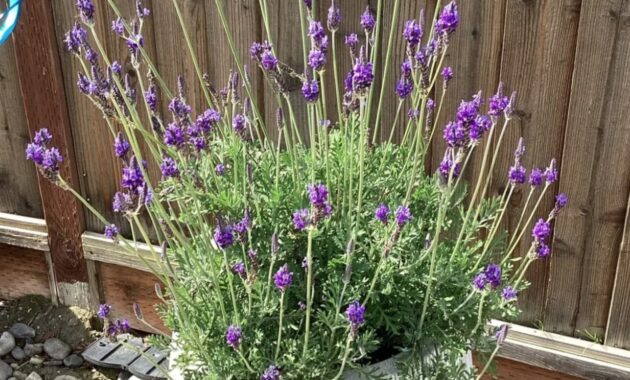
Lavandula Pinnata Pests and Diseases
Lavandula pinnata is generally resistant to pests and diseases. However, it can be susceptible to the following:
- Spider Mites: These tiny pests can cause yellowing and browning of leaves.
- Aphids: These sap-sucking insects can weaken the plant and transmit diseases.
- Powdery Mildew: This fungal disease can cause a white, powdery coating on leaves.
To prevent and control these problems, practice good garden hygiene, remove infected plant material, and consider using natural pest control methods like insecticidal soap or neem oil.
Lavandula Pinnata Flowering Season
Lavandula pinnata typically blooms in late spring and early summer. The flowering period can last for several weeks, filling your garden with a delightful fragrance.
Conclusion
Lavandula pinnata is a stunning and fragrant addition to any garden. With its unique foliage and beautiful flowers, it can enhance the beauty of your outdoor space. By following the care tips outlined in this guide, you can successfully cultivate and enjoy this wonderful plant.
FAQs
- Can I grow Lavandula pinnata in a pot?
Yes, Lavandula pinnata can be grown in pots. Choose a pot with good drainage and ensure it receives plenty of sunlight. - How often should I prune my Lavandula pinnata?
Prune your Lavandula pinnata lightly after the first flush of blooms to encourage a second flowering. Prune more heavily in late winter or early spring to rejuvenate the plant. - What are the best companion plants for Lavandula pinnata?
Lavandula pinnata pairs well with other drought-tolerant plants, such as rosemary, thyme, and sage. It also complements colorful flowers like roses and daisies. - Can I use Lavandula pinnata in culinary dishes?
While Lavandula pinnata is not as commonly used in cooking as English lavender, its flowers can be used to add a delicate floral flavor to desserts, teas, and potpourris. - How can I encourage my Lavandula pinnata to rebloom?
To encourage reblooming, remove spent flower spikes promptly and provide adequate sunlight and water. A light pruning after the first flowering can also stimulate new growth and blooms.
